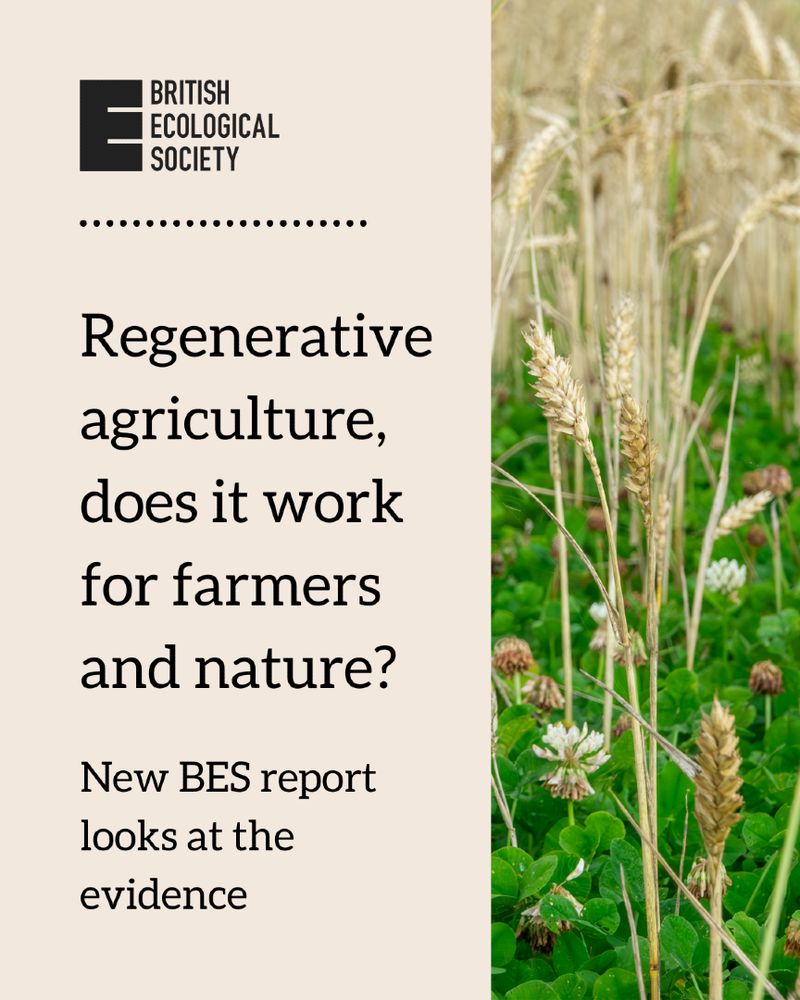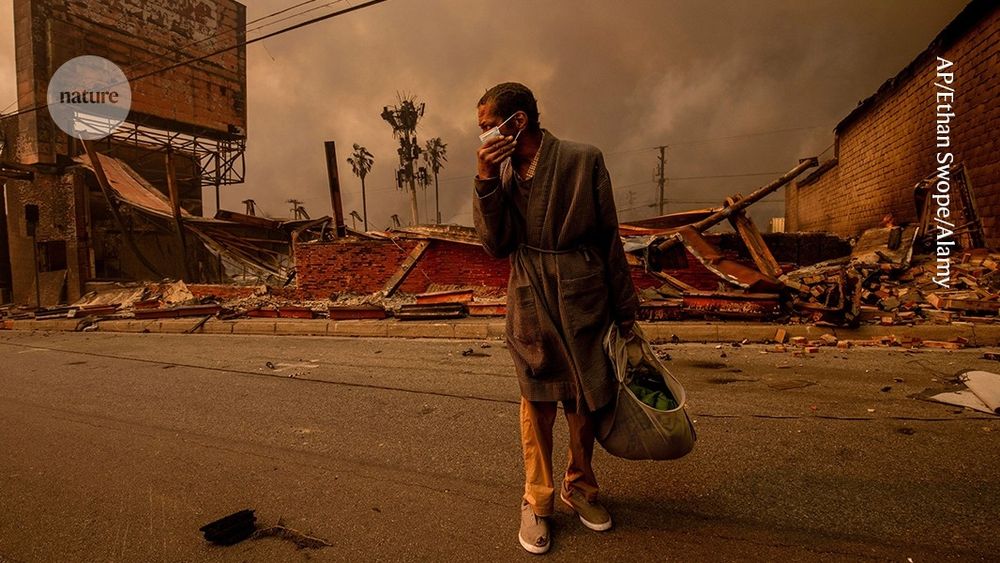
Conservation Scientist | Associate Professor @ Xishuangbanna Tropical Botanical Garden 🇨🇳 | Associate Editor for Conservation Science and Practice & Ecological Solutions and Evidence | cmammides.wordpress.com
Reposted by Anthony Burke, Christos Mammides

Both crises are interlinked & best addressed together.
More w/ Nature Portfolio : https://www.nature.com/articles/s44185-025-00082-w

Reposted by Moreno Di Marco, Christos Mammides, Tyson Wepprich

Reposted by Christos Mammides

onlinelibrary.wiley.com/doi/full/10....
Reposted by Christos Mammides

This study compares media & search interest in #COP15 vs #COP27 and... Taylor Swift 🎤🌍 Bridging this attention gap is crucial to achieving global #conservation goals.
🔗 rdcu.be/eiJ0A
Reposted by Christos Mammides

Reposted by Christos Mammides


Reposted by Christos Mammides

A new report by the British Ecological Society brings together 40 academics, practitioners and farmers across the UK to explore the evidence. 👇
https://shorturl.at/s9TM4
Reposted by Dominik Wiedenhofer, Christos Mammides

Kowarik+
doi.org/10.1038/s443...
"urban biodiversity is people’s primary contact with nature"
"Biodiversity-sensitive and socially inclusive urban governance and urban planning are key to developing biodiverse, green cities"
Reposted by Christos Mammides
The vulnerability of endemic vertebrates in Sri Lanka to climate change 🇱🇰
#CiteTheDOI: ❌
https://doi.org/10.1016/j.gecco.2025.e03515
Reposted by Christos Mammides

www.nature.com/articles/d41....

Reposted by Christos Mammides
Reposted by Christos Mammides
Reposted by Christos Mammides

The latest BirdLife Cyprus report reveals a worrying rise in bird trapping in the Republic of Cyprus. Trapping with nets increased by 76% compared to 2023, mainly due to the unchecked activity of organized trappers.
Reposted by Christos Mammides

www.nature.com/articles/d41...
A big thanks to Mariana Lenharo for covering our project so many times.
Reposted by Christos Mammides

-Perseverance matters more than perfection
-Focus on adding value
-Resourcefulness beats resources.
-Iterate relentlessly.
-Impact outlasts metrics.
-Recognize luck
www.butlernature.com/2025/02/07/s...

WABAD, the World Annotated Bird Acoustic Dataset
5,044 min of annotated bird vocalizations, 1,147 species, 70 sites 🌍 across 27 countries & 13 biomes
Open-access for AI training & conservation research
👉 by C. Pérez-Granados et al.
doi.org/10.21203/rs....
🌐🧪🌍🦤🪶

Reposted by Christos Mammides

WABAD, the World Annotated Bird Acoustic Dataset
5,044 min of annotated bird vocalizations, 1,147 species, 70 sites 🌍 across 27 countries & 13 biomes
Open-access for AI training & conservation research
👉 by C. Pérez-Granados et al.
doi.org/10.21203/rs....
🌐🧪🌍🦤🪶
Reposted by Christos Mammides, Óscar Rodríguez de Rivera

Reposted by Christos Mammides
🚨Spoiler alert: Yes! In our latest manuscript we synthesized thousands of studies and found that sustainable agriculture increases biodiversity without compromising agricultural production.

Nearly a decade later, I thought it would be interesting to revisit this analysis and see how the landscape has evolved.

